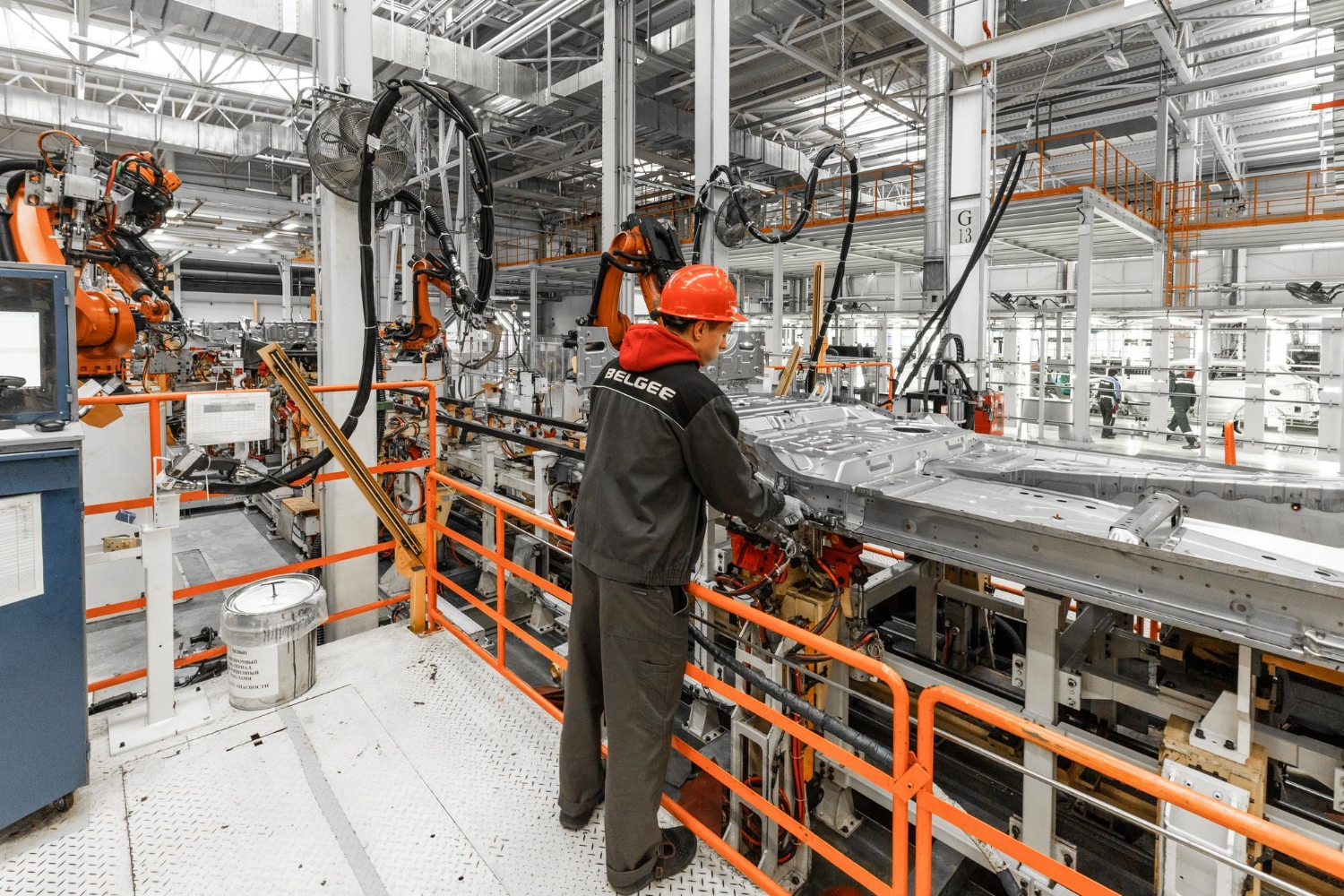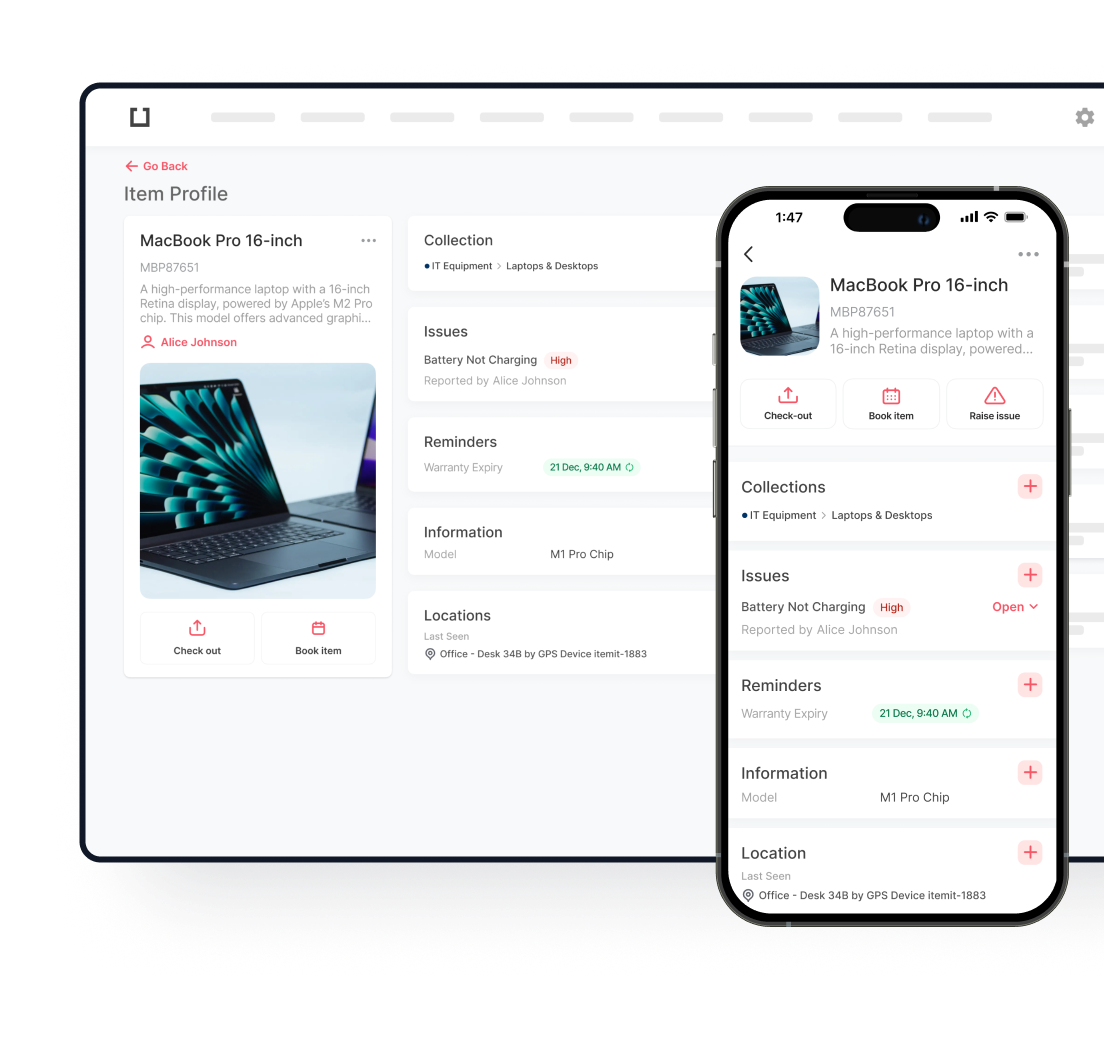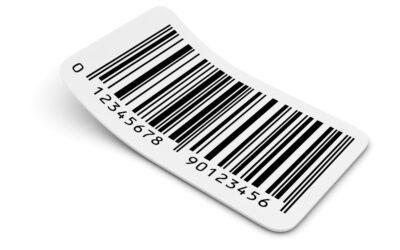
There’s no room for guesswork when it comes to workplace equipment. A single tool out of place or a machine past its prime can create chaos—injuries, downtime, or worse. That’s why workplace safety isn’t a side note; it’s at the heart of running a responsible, efficient operation. But what happens when that equipment isn’t up to standard? The answer is often accidents, delays, or spiralling costs.
The Provision and Use of Work Equipment Regulations (PUWER) cut through the noise of generic policies to deliver a direct approach to managing risks. These regulations aren’t abstract rules—they’re practical steps that ensure machines and tools meet safety criteria before anyone touches them. Inspections, maintenance schedules, and user training aren’t afterthoughts under PUWER; they’re front and centre, shaping how businesses use their assets responsibly.
For those involved in asset tracking, PUWER offers a framework to embed safety checks directly into asset management practices. Tracking the condition, usage, and compliance status of equipment becomes integral to ensuring that businesses stay ahead of risks. Ultimately, PUWER regulations don’t just help companies avoid fines—they enable smarter asset management strategies, reducing downtime and improving operational safety at every level.
What Is PUWER?
The PUWER regulations (Provision and Use of Work Equipment Regulations) are UK laws aimed at making workplace equipment safer by reducing risks linked to faulty or misused tools. They lay out clear responsibilities for companies to guarantee that machinery is safe for workers to operate and properly maintained. These are doable steps to avoid mishaps and maintain seamless operations, not abstract rules.
The rules cover all equipment used at business, including regular office tools as well as heavy machinery in manufacturing. Employers have to make sure tools fit the job, are routinely inspected, and handled by qualified employees. This emphasises responsibility. Ignorance of this puts the company and the workforce in danger.
By embedding PUWER regulations into asset management, companies can efficiently track equipment in a company. Routine checks, maintenance logs, and user qualifications become part of daily processes, reducing unexpected downtime and improving overall safety. Instead of waiting for something to go wrong, businesses can take proactive steps to keep their equipment reliable and safe.
The Provision and Use of Work Equipment: What You Need to Know
The Provision and Use of Work Equipment Regulations really touch on a wide range of workplace machinery and tools, which makes them super important for keeping equipment safety in check. These regulations outline what employers and those managing work equipment need to do to keep it safe, well-maintained, and fit for its intended use.
Key Areas Covered by PUWER
1. Equipment Suitability
PUWER first requires that all tools provided by companies be appropriate for the job. This implies considering the hazards involved in using a tool, not only selecting the correct one. For instance, tools requiring particular safety features should be fitted for use indoors; machinery meant for outdoor use should not be used indoors.
2. Maintenance and Inspection
Regular equipment maintenance and inspections are among the fundamental requirements of PUWER rules. Companies have to set up systems to guarantee that every tool is kept in good working order. It’s about preventative maintenance to find problems before they become hazards, not only about mending broken items.
3. Training and Competence
The safety of equipment really depends on the person using it. PUWER really focuses on making sure that everyone using work equipment is properly trained and has the right skills. Just giving someone a tool isn’t enough; businesses really need to make sure their employees know how to use equipment safely.
4. Risk Controls
Aside from maintenance and training, PUWER also asks businesses to put in place some extra risk control measures. We’re talking about keeping those risky parts of machines safe, making sure there are emergency stop buttons ready to go, and checking that all the safety devices are working properly.
5. Markings and Warnings
PUWER requires that equipment comes with clear and visible warnings and markings. This covers signs that point out possible dangers and guidelines for safe use. We’re looking to cut down on human mistakes by giving straightforward instructions on using tools and machinery safely.
What Types of Equipment Are Covered?
PUWER covers a wide range of equipment used in the workplace, including:
- Power tools (e.g., drills, saws, grinders)
- Machinery (e.g., conveyor belts, forklifts, cranes)
- Ladders and scaffolding
- Office equipment (e.g., printers, shredders)
- Personal protective equipment (PPE) where it forms part of the equipment
The regulations apply whether the equipment is owned, hired, or leased. Even equipment brought in by employees falls under PUWER’s scope if it’s used for work purposes. Essentially, if it’s used at work and poses a risk, it’s covered.

PUWER Legislation: Ensuring Compliance in the Workplace
The PUWER legislation places a legal duty on employers to ensure that any equipment their employees use is safe and suitable for the task. It applies to everything from power tools to heavy machinery, focusing on preventing risks that could result in injuries or operational failures.
What Employers Must Do Under PUWER
Employers have to ensure that equipment is:
- Suitable for the task: No more grabbing the wrong tool for the job. Equipment needs to match its purpose to prevent avoidable hazards.
- Well-maintained: It’s not enough to fix things when they break. Regular checks and servicing are required to keep everything in safe working condition.
- Used by trained staff: You wouldn’t hand over complex machinery to someone without the right knowledge. PUWER mandates that anyone using equipment must know how to do so safely.
- Fitted with safety measures: This includes safeguards like emergency stops, protective barriers, and warning labels to reduce risks.
Why PUWER Matters for Workplace Safety
Consider a factory floor with poorly maintained equipment—over time, worn parts can turn a routine task into a serious hazard. PUWER forces employers to take these risks seriously and act before something goes wrong.
This proactive approach builds trust within the workforce. Employees are more likely to follow procedures and focus on their tasks when they know they’re not working with unsafe tools. In turn, this reduces downtime and prevents costly disruptions caused by accidents.
Connecting PUWER to Asset Management Practices
For businesses juggling multiple pieces of equipment, compliance is embedding these practices into everyday operations. Detailed maintenance logs, user training records, and inspection schedules become part of an ongoing process to ensure equipment stays safe.
When businesses use asset management tools, it’s easier to keep track of all these moving parts. Automated reminders for inspections, real-time status updates, and usage tracking help businesses stay ahead of PUWER requirements. It’s a smarter way to prevent problems before they happen and keep operations running smoothly.
Ultimately, PUWER legislation makes it clear: safety isn’t optional. It’s a shared responsibility that requires ongoing attention to keep everyone on the job safe and confident.
What Does PUWER Mean for Health and Safety?

Workplace injuries often stem from equipment failures—tools that wear out, machines that aren’t properly maintained, or tasks carried out without proper training. The PUWER regulations tackle these risks by holding businesses accountable for the condition and use of their equipment.
Instead of waiting for things to go wrong, PUWER focuses on prevention. Routine inspections, timely repairs, and ensuring that only trained employees handle machinery are essential steps that every employer must take. The goal is to eliminate predictable hazards before they cause harm.
Practical Risk Reduction Through PUWER
Consider a warehouse forklift that’s in constant use. If its brakes wear down without anyone noticing, a serious accident is inevitable. PUWER demands regular maintenance checks, catching these issues before they escalate. Beyond keeping equipment functional, the focus is on stopping accidents in their tracks.
Another example: a construction site where scaffolding is used daily. A single loose plank or a worn-out fitting can lead to a fall. PUWER sets clear rules for regular inspections, ensuring that scaffolding stays secure. These aren’t hypothetical dangers—they’re everyday risks that need constant attention.
Even in quieter environments like offices, the principles still apply. Faulty wiring on a paper shredder or a frayed extension cord can cause injuries if ignored. PUWER makes sure that safety isn’t limited to industrial settings—it applies wherever there’s a risk.
Building a Safer Workplace
Compliance with PUWER regulations changes how businesses approach equipment. The approach shifts from reacting to problems toward preventing them. When companies track maintenance schedules, ensure proper training, and enforce regular inspections, they create a safer environment that benefits everyone.
A business that treats equipment safety as part of its daily routine builds trust with employees. People work better when they know the tools they use won’t let them down. PUWER turns this trust into a practical strategy, reducing both risks and downtime while keeping operations steady.
Why the Use of Work Equipment Regulations Matter for Asset Management
The PUWER significantly influences how companies oversee their assets, particularly in the monitoring and upkeep of essential tools and machinery. Guaranteeing the safety and compliance of workplace equipment not only minimises risks but also enhances asset management by aligning safety protocols with daily operations.
Linking Compliance with Asset Management Features
Asset tracking systems are essential for staying on top of PUWER requirements. These asset management features help businesses maintain detailed records of inspections, maintenance schedules, and equipment usage. For example:
- Inspection Logs: Monitoring when every piece of equipment was last inspected automatically guarantees companies never miss a check-up. This lowers the risk of accidents and helps prevent compliance gaps.
- Maintenance Alerts: Setting up automated reminders for servicing and repairs keeps equipment in safe working condition. Businesses can prevent costly breakdowns and ensure tools remain operational.
- User Permissions: Tracking who is authorised to use specific equipment ensures that only trained personnel handle machinery, reducing risks from unqualified users.
Practical Benefits of Integrating PUWER with Asset Management
By weaving PUWER requirements into their asset management processes, businesses can transition from simply reacting to problems towards embracing proactive risk management. Let’s see how:
- Decreased Downtime: Maintaining good equipment conditions reduces unplanned breakdowns, thus preserving the seamless running of operations.
- Enhanced Protection: Controlled access to machinery and routine inspections greatly reduce the possibility of mishaps.
- Audit-Ready Records: One system of maintenance and inspection data helps to show compliance during audits or inspections more easily.
Future-Proof Your Safety Practices: Make Equipment Management Effortless
Workplace safety is something that touches every person who steps through your doors. When equipment is well-maintained and properly managed, it’s not just about regulations; it’s about keeping your team safe and your operations steady. People notice when safety is taken seriously. They trust it. They work better because of it.
Meeting PUWER regulations can seem complex, but it doesn’t have to be. The goal is simple: keep your tools in good shape, ensure inspections happen on time, and make sure the right people are using the right equipment. Compliance becomes easier when you have a system that tracks all of this without adding more paperwork to your plate.
With itemit’s asset-tracking system, you’re not stuck chasing maintenance logs or searching for the latest inspection dates. You know when a machine needs attention, who last used it, and when it’s due for servicing. You reduce guesswork, improve accountability, and take control of your assets before problems arise.
Imagine walking into your workspace and knowing every tool is ready for the task at hand. No last-minute surprises. No worrying if something’s been overlooked. That’s the difference itemit makes—it’s about confidence, peace of mind, and staying ahead of risks.
Your team deserves that level of care. Your business thrives when safety isn’t an afterthought. Ready to make it happen? Book a demo with itemit today and discover how a smarter asset-tracking system can simplify compliance and strengthen your operations.

Try itemit
Choose a better way to track
your assets.
Start your free 14-day trial now!

Keep Learning
itemit Blog
Tips, guides, industry best practices, and news.
What Is Active RFID? A Complete Guide to Smart RFID Tags
Discover what Active RFID is, how active tags function, and the key benefits and use cases that make this technology essential for modern tracking systems.
Everything You Need to Know About 2D Barcodes
Discover everything about 2D barcodes, including how they work, their benefits, and how they are revolutionizing industries and improving business operations
Complete Guide to Asset Lifecycle Management and Its Benefits
Learn about asset lifecycle management and how it helps businesses optimize asset usage, reduce costs, and improve efficiency throughout the asset’s life.



